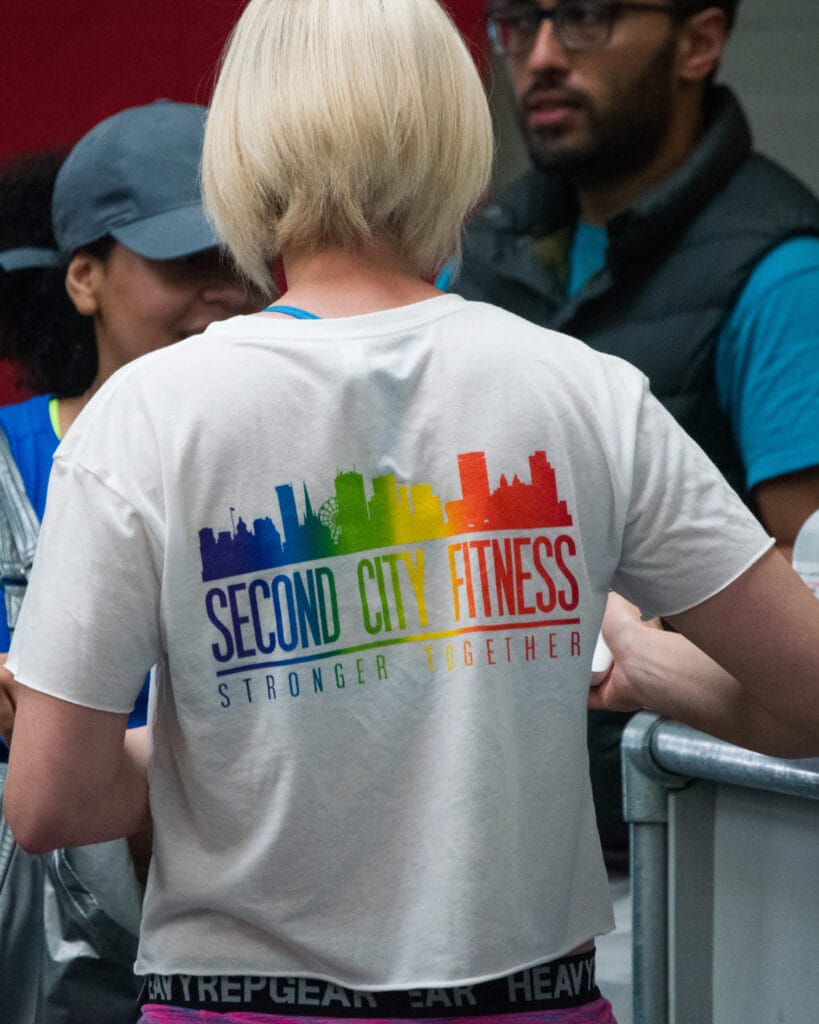Some people see what others are doing in terms of burning fat and building muscle and focus on how life is unfair – that person seems to stay lean no matter what they do or eat, or how can they build muscle so easily when I’m trying really hard and feel like I’m getting nowhere.
The reasons that underpin a lot of what you see are based on what has happened in the genetic lottery many, many years before anyone ever sets foot in a gym. You’ve got your parents and grandparents to thank for your genetic makeup and although you can influence it with lifestyle choices, there will always be some people have an unfair advantage.
So let’s dive into some of the variables that will help you understand how training and nutrition can affect you differently to other people:
1 – Your Basal Metabolic Rate
We’ve talked about your BMR before as it is how much energy your body burns at rest every day just to keep you alive – the energy spent digesting food, breathing in and out and making hormones to give a few examples. Your BMR is dictated by a number of factors including height, weight, amount of muscle mass, gender and thyroid function. This basically just means that some people burn more energy than others even when they’re resting and doing nothing. If you’d like to roughly work yours out then please use an online calculator like this one.
2 – The number of fat cells you’re born with
Some people are born with more fat cells than others and women tend to have more than men. If you have more places that fat can be stored it is clearly a disadvantage. A normal, healthy weight adult has somewhere between 25 billion and 30 billion fat cells, but if you are overweight then that could be up to 75 billion. The body reacts to a surplus of energy by filling up the existing fat cells before making more when it needs more space for storage, and the body reacts to a longer term deficit by first emptying out some fat cells and then (over a longer time period) eventually getting rid of the fat cells themselves. The getting rid of fat cells takes longer than people think, which is why after someone diets down they often experience a rapid regain of weight once they go back to how they were eating because they’ve got a load of empty fat cells crying out for something to store!
3 – The number of muscle fibres you’re born with
A bit like fat cells, you’re born with a given number of muscle fibres. Unlike fat cells however your body doesn’t have the ability to make more on demand (research attributes no more than 5% of muscle growth to an increase in number of muscle fibres).
4 – The types of muscle fibre that you have
Slower twitch (the speed at which they fire) muscle fibres are better suited to endurance type activities, while faster twitch fibres are better suited to strength and power based activities. Everyone has both sorts, but in different ratios (and even if different ratios in different muscles!). Whilst the training that you do can cause fibres to convert to different types, faster twitch fibres tend to be larger in size.
5 – Your muscle insertions
This is just a fancy way of saying where your muscles attach to your bones. Everyone’s muscles attach in the same physical locations – for example your biceps attach to your forearm on your radius (the bone on the thumb side), but small differences in these insertion points create different lever lengths. This partly explains why some people are just naturally stronger than others.

